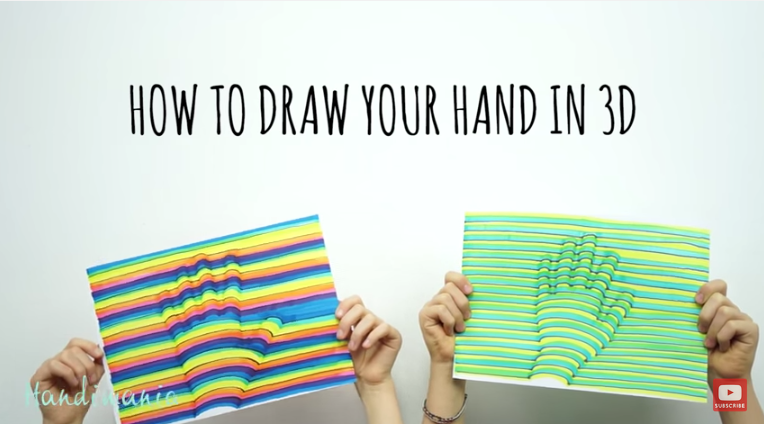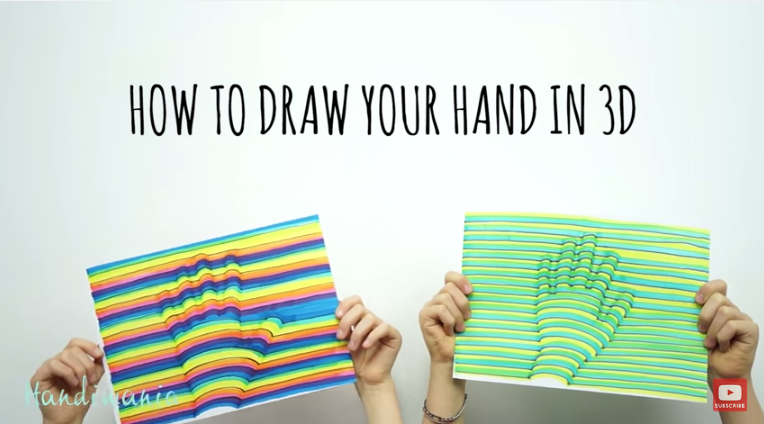

Optical illusions are fun ways of tricking the brain. Some of them cause us to perceive movement when their is none, others cause us to see something as being far larger or smaller than it really is, still others make us perceive a two dimensional object as though it existed in three dimensions. There is, seemingly, no end to the ways that we can trick ourselves.
However, optical illusions are more than just fun tricks.
Optical illusions teach us about our visual perception, and its limitations. These tricks also help us understand how our eyes have evolved in certain ways. Michael Bach, a electrophysiologist, explains that optical illusions are, in many ways, a testament to the effectiveness of our eyes: “‘Optical illusion’ sounds pejorative, as if exposing a malfunction of the visual system. Rather, I view these phenomena as highlighting particular good adaptations of our visual system to experience with standard viewing situations.” In other words, our eyes and brain are trained (and have evolved) to perceive certain things in certain ways. This means that we sometimes inaccurately make sense of data. Bach continues, “experiences are based on normal visual experiences, and thus under unusual contexts can lead to inappropriate interpretations of a visual scene.”
This mesmerizing 3D Handprint optical illusion is great for practicing manual skills (and also rather fun at the same time). Here, the do-it-yourself and creative crafts website “Handimania” demonstrates an easy way to draw a hand in 3D through the use of an optical illusion.

Provided by Universe Today
From Quarks to Quasars is two people, Jaime and Jolene. We want to make the world a more sciencey place. We’re doing that, but with your help, we can do even more.
FQTQ takes a lot of time, money, and effort. Here, you can support us, get to know us, and access extra content: